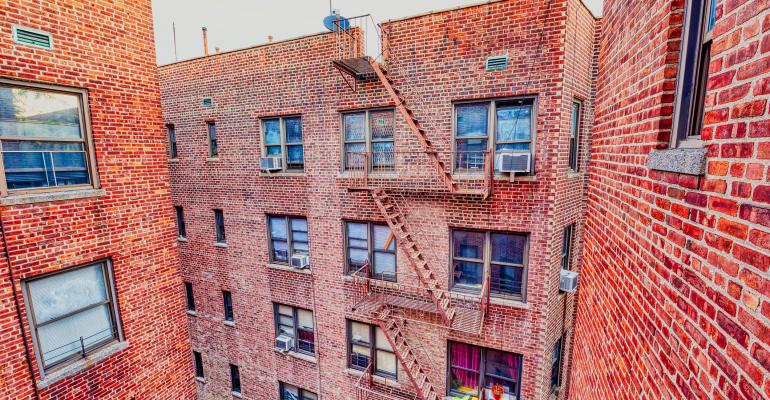Rents are likely to rise faster for older, class-B apartments in 2019 than for any other class of apartment property.
“We expect Class-B to continue to have the strongest average rent growth, as it has through recent history,” says Andrew Rybczynski, senior consultant at research firm the CoStar Group.
Rents continue to rise for new class-A luxury apartments as well. Strong demand is quickly filling new units as they open and, as a result, rents are rising faster than inflation. At the same time, rent growth is finally slowing down for class-C and class-D apartments—simply because many of those renters are already paying as much as they can afford.
“While occupancy is sky high in class-C product, rent growth in that sector is beginning to slow a little,” says Ron Willett, chief economist for MPF Research, a RealPage company.
Less competition for luxury renters
In many parts of the country, developers cannot find enough construction workers to finish their apartment projects on schedule. They are likely to open fewer new class-A apartments in 2019 than they have in prior years, according to Rybczynski. In 2018, developers also faced construction delays, which allowed a return in rent growth at the top of the market.
“Until those delays work themselves out, class-A rent growth will perform better than the relative lows at the end of 2016 and through 2017,” says Rybczynski. He predicts rents will grow 2.9 percent in 2019 for class-A apartments, compared to 2.7 percent last year.
“Class-A units gained a bit of momentum in pricing power during 2018, reflecting that lease-up of new supply progressed so well, especially in the last half of the year,” says Willett. He says rents grew by 3.2 percent on average in 2018. He anticipates slower rent growth in 2019, in the middle to high 2 percent range.
“Another year of sizable deliveries when job production is expected to slow should result in some cooling of class-A rent growth in 2019,” says Willett.
Class-B apartments in the lead
Class-B apartments have generally stayed fully occupied, even in markets where developers have built thousands of more expensive, class-A units. So, rents at class-B communities have moved steadily higher, while many landlords at class-A buildings have had to offer steep discounts.
That’s because class-B apartments are usually priced several hundred dollars lower than new class-A properties. “Class-B benefits from being cheap relative to class-A, while experiencing relatively little supply risk,” says Rybczynski. He predicts rents will rise in the high-2-percent range for class-B apartments in 2019. That similar to the 3.1 percent average growth in 2018.
According to Willett, “Class-B properties should experience the strongest rent growth in 2019, with the expected performance level holding near 2018’s growth rate of 3.5 percent.”
Slowdown for class-C apartments
Rents will probably not grow as quickly for class-C apartments in 2019, compared to the year before.
“That reflects affordability constraints for the renters who live in that lower-end product,” says Willett. Many of the people who live in class-C apartments are already paying a large share of their income in rent. Rents climbed 2.9 percent for class-C apartments in 2018. “The 2019 result likely will slip a little more to around 2.5 percent.”
CoStar predicts rents will rise 2.6 percent for class-C units in 2019, on averages. That’s up slightly from 2.6 percent the year before.
Top neighborhoods and markets
Across the U.S., rents are likely to rise the fastest in neighborhoods with a large number of older, class-B apartment units renting at relatively low prices and little new construction.
Often these neighborhoods can be found in smaller cities or suburban areas, far from the overbuilt downtown areas of larger cities.
“On average,e the strongest rent growth is in the suburbs,” says Rybczynski. “This is more a supply story than demand. Over the past cycle an outsized share of supply has flowed to urban environs, and that continues to be the case.”





